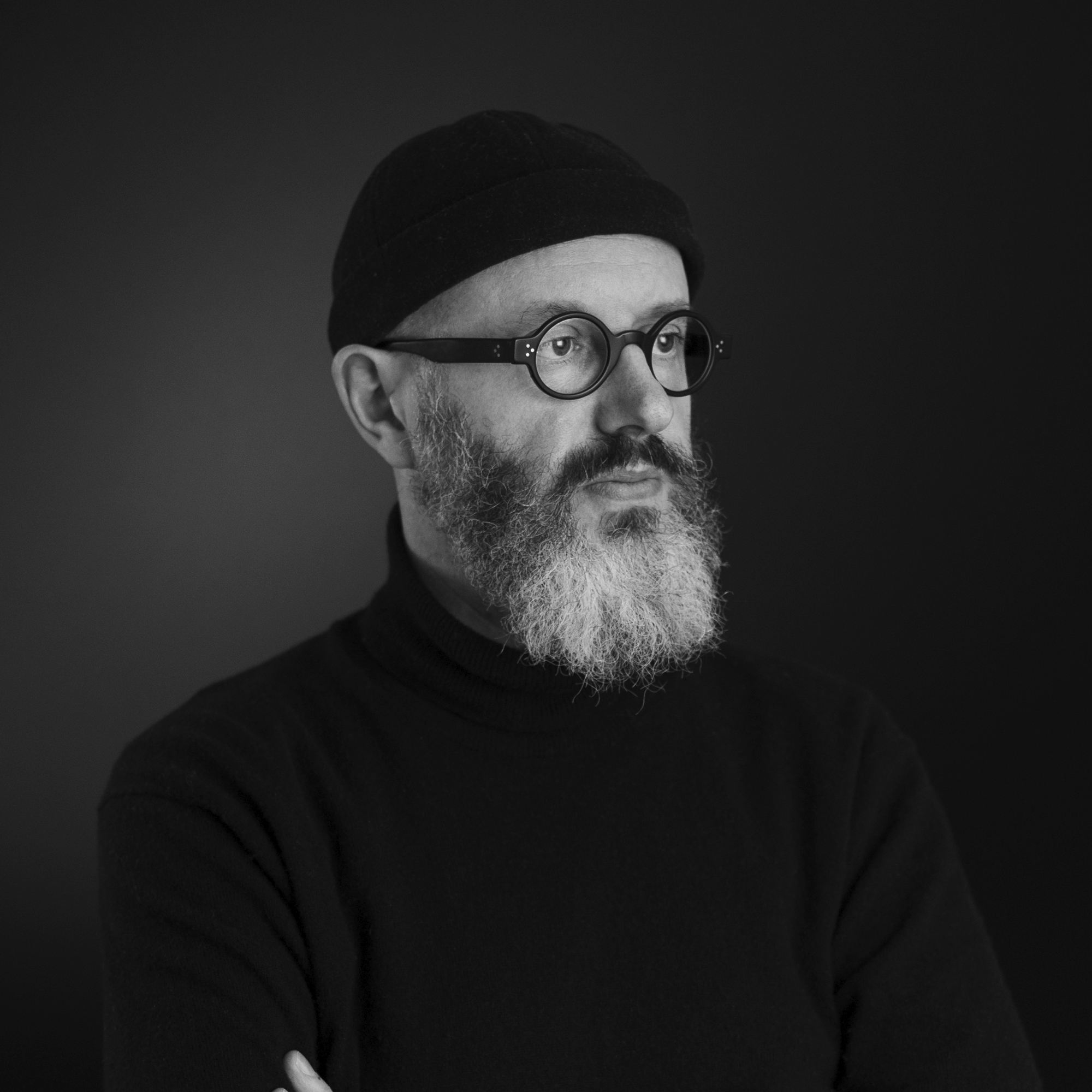205 Corp.
24, rue Commandant-Faurax
69006 Lyon
France
T. 33 (0)4 37 47 85 69
M. contact@205.tf
Newsletter

How did you get involved with typeface design? What led you to this practise?
I fell into typography when I was already grown up, having finished some training in the field of science, a little by accident, by love... I studied in the typeface creation studio in the Estienne school, run by Franck Jalleau and Michel Derre among others.
What influences you? Are there typeface designers whose work you appreciate in particular?
I like to take characters that have been drawn or designed by non-specialists as a source of inspiration. I pay particular attention to vernacular typographic signs that we all come across daily but don't really take in on any conscious level. They are often awkward, but can sometimes display real ingenuity.
Gerard Unger's characters were a real revelation for me when I began. With the Swift I discovered a design driven by an approach that allowed one to achieve radical characters, rid of any useless frills. With his other characters, I realised that history and contemporary creation could go hand in hand
In your opinion, what is the point of creating a new typeface when so many already exist?
I'll answer your question with one of my own! What is the point of a designer creating another model of chair? It will have a seat, four legs and a back like every other chair before it, and yet it is hard for you to imagine having four chairs in your dining room that clash with the rest of your home.
It is exactly the same thing when it comes to typeface design. Sometimes you feel the need for a specific character that is perfectly adapted to your needs or desires! So you design and draw it!
Is it really possible to create something new in the field of type design?
I never think in those terms when I draw and design a character. I draw the character that I need in my role as a Graphic Designer. Then, I imagine that if I find it suitable (because I always use my typefaces before making them commercially available), it could also be of interest to other designers.
How do you begin work on a new typeface? Do you have a particular process?
That depends. Sometimes I start work on a new typeface because I need it for a specific project. Its design is then driven by the use that will be made of it. I work constantly until I can make the first tests and then verify the result. I rework the design until I obtain a result that satisfies me. At other times, I feel the need to start a new project having discovered a typographic sign that inspires me and gives me a glimpse of a potentially interesting character.
At that moment, I draw my first signs. I look for a logic of forms and I am attentive to each sign. I often need time to do this and come back to the work at different moments. So, with that in mind, I am usually working on a number of characters at the same time. Sometimes I give up. However, once I am convinced by my design of the letter a, nothing can stop me!
What is your relationship with the history of typography? What is your relationship with technology?
History and technology are inseparable. Though the creation of a digital typeface is currently quite a technical endeavour, typeface design can not be done without a careful look at earlier forms. Typeface design is far from being the simple result of a technical process. It must be inspired!
Why have you chosen to distribute your characters and typefaces with 205TF?
Because I absolutely believe in the efficiency of a stringent distribution and prefer that my typefaces be part of a thoughtful selection rather than finding themselves lost among thousands of other typefaces.
Do you think that typography can save the world?
If we consider that typography is people speaking, exchanging and working together, then yes I dream that it can at the very least make the world a better place.
You teach at l'école des Beaux-Arts de Lyon. Why does this role of transmission seem important to you?
The apprenticeship of type design has brought me a lot in terms of my practise as a designer. I like the idea that the time dedicated to teaching can help students in their future practise by giving them a greater visual acuity with regard to the forms that they are handling. Also, teaching, allows one to move away from the commission/ project rhythm, and to step back from a pace that can sometimes be alienating, while discovering emerging personalities and universes in the process of becoming, and by helping them to structure their projects.
What type design project are you currently working on?
I really like long projects! So I have been working with the Plaak typeface, adding lower case letters to it. With its 24 styles I have my work cut out for me! I am also continuing my thinking on the numerous family of Maax. After the Maax, Maax Mono and Maax Rounded, soon the Maax Raw, a raw lineal in three styles.